Everything you need to know about 4G LTE in Canada
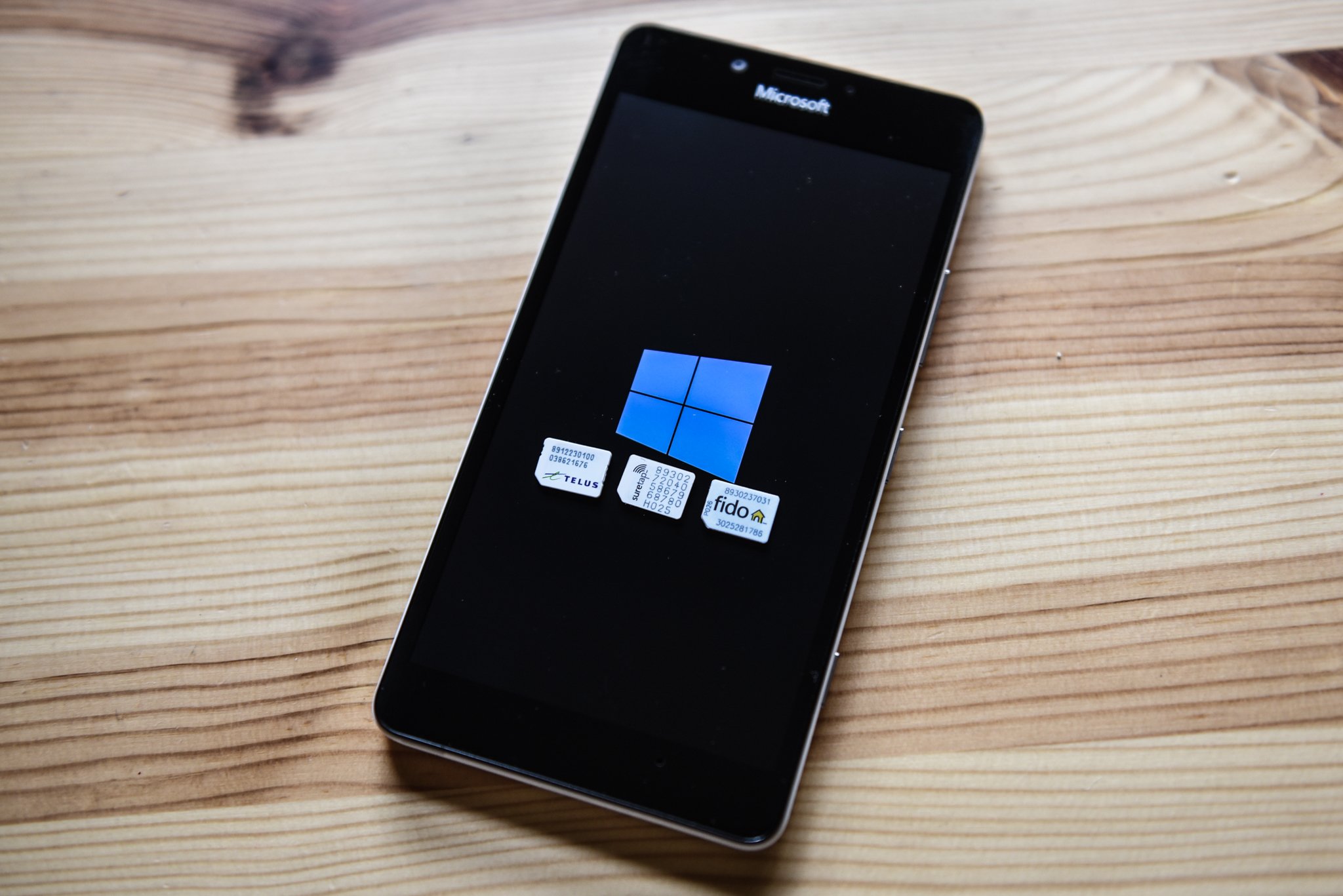
It's pretty well understood that 4G LTE is faster than 3G. Millions of Canadians have upgraded from phones that used to operate on 3G, or third-generation wireless networks, to LTE, which is considered the fourth generation.
In addition to faster data speeds, LTE improves upon previous generations in a number of ways, including spectrum efficiency, latency, cost of deployment, and more.
What is 4G LTE?
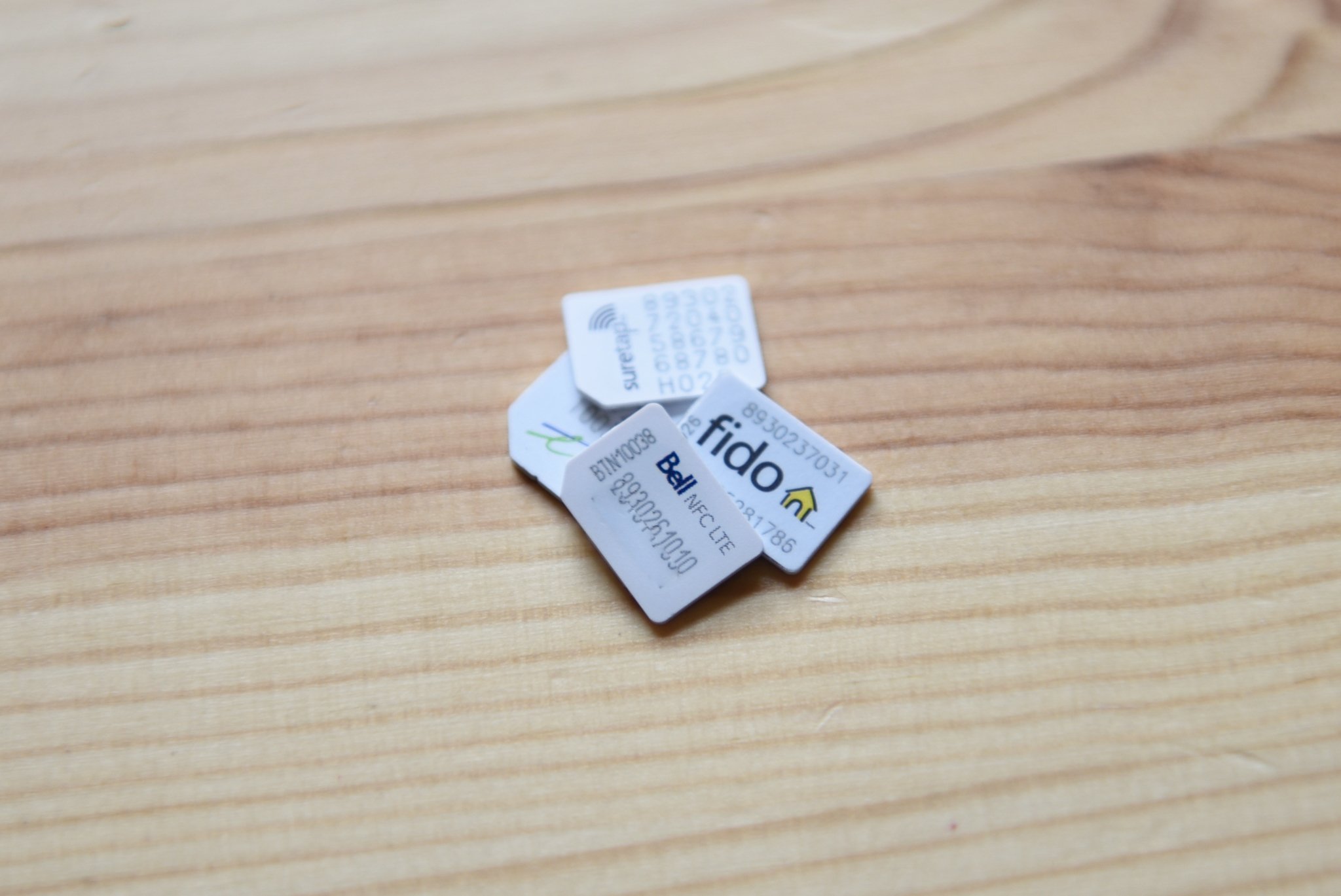
In Canada, LTE has rolled out to nearly every carrier operating across the country (with the exception of Wind Mobile, but we'll come to that). When referring to LTE, we're referring to the type of signal that connects the phone in your pocket to the tower operated by your cellphone provider. Both of those pieces need to be in play for you to receive ultra-fast LTE speeds; if your smartphone supports LTE but you're in a part of Canada where the cell towers have not yet been upgraded to LTE, you'll likely see the symbol change to H+ near the top right of your phone, which denotes that you've dropped down to 3G speeds.
In Canada, LTE has rolled out to nearly every carrier operating across the country... with one major exception.
Practically every phone sold on the Canadian market today supports LTE in some form. When connecting to your phone provider's towers, the network provider (Rogers, Telus, Bell) tells your phone that it wants to connect on a particular frequency, or band, which transmits the wireless signal on particular wavelength. You may have heard some people use terms like "AWS" or "700Mhz", both of which refer to particular frequencies and bands that Canadian smartphones connect to. (While they're technically different, I'm going to use the term "band" and "frequency" interchangeably in this explainer. A band is merely a combination of frequencies, determined by the 3GPP, a body that standardizes radio frequency combinations throughout the world.)
While it's not particularly important to know the specifics of each band, most smartphones don't just connect on one: they use a combination of low (700Mhz) and high (AWS, or 1700/2100Mhz)) to ensure that they can glean the most coverage and speed throughout the day, depending on your location. Generally, the lower the frequency, the longer that signal can travel, but at a slower speed; the higher the frequency, the greater the potential throughput, but at an expense of distance.
Which bands do Canadian carriers use?
Nearly every Canadian carrier uses a combination of different bands to achieve consistently good LTE performance.
The four main LTE bands in use in Canada right now are:
All the latest news, reviews, and guides for Windows and Xbox diehards.
- Band 12/17 (700Mhz)
- Band 13 (700Mhz)
- Band 4 (1700/2100Mhz)
- Band 7 (2600Mhz)
Some carriers, such as Bell and Telus, have refarmed part of their aging 3G networks for the purposes of LTE transmission, which include:
- Band 5 (850Mhz)
- Band 2 (1900Mhz)
Other carriers, such as Bell and Telus, use small amounts of other frequencies, such as Band 29, just for downloads, so Canadians can get their video with no buffering.
Here's how the main three Canadian network providers stand when it comes to LTE:
| Network | Bands |
|---|---|
| Rogers | Band 12 (700Mhz), Band 4 (AWS), Band 7 (2600Mhz) Band 13 (700Mhz) |
| Bell | Band 17 (700Mhz), Band 7 (2600MHz), Band 4 (AWS) Band 2 (1900Mhz), Band 5 (850Mhz), Band 29 (700Mhz), Band 13 (700Mhz) |
| Telus | Band 17 (700Mhz), Band 7 (2600MHz), Band 4 (AWS) Band 2 (1900Mhz), Band 5 (850Mhz), Band 29 (700Mhz), Band 13 (700Mhz) |
| Videotron | Band 4 (AWS), Band 13 (700Mhz) |
| MTS | Band 4 (AWS), Band 13 (700Mhz) |
| SaskTel | Band 4 (AWS), Band 13 (700Mhz) |
| Eastlink | Band 4 (AWS), Band 13 (700Mhz) |
Just how much spectrum?
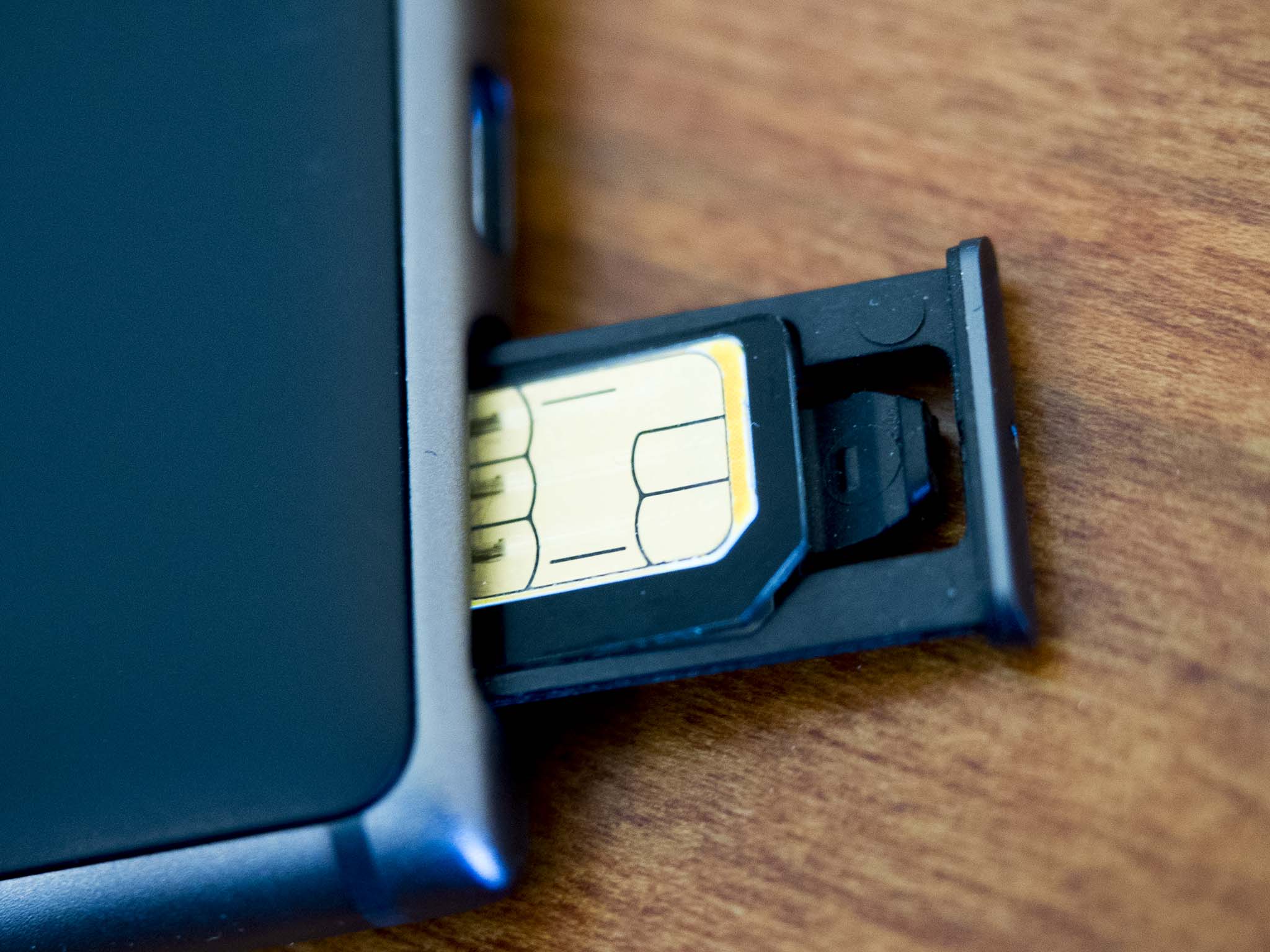
Every carrier wants more spectrum. That's the takeaway from half a dozen government-run spectrum auctions and dozens of regulatory-scrutinized exchanges over the past few years. Acquisitions, such as Telus's purchase of Public Mobile, Rogers' pursuit of Mobilicity, and Shaw's blockbuster bid for Wind Mobile had more to do with spectrum than the value of their cumulative client base.
While the story of Canada's spectrum is longer than this article, know this: until 2008, when the government set aside a certain amount of AWS spectrum for what would become Mobilicity, Wind Mobile, Videotron, Public Mobile and Eastlink, almost all of the country's wireless waves were controlled by Rogers, Bell and Telus.
Today, that is still the case (and, increasingly with consolidation, returning to those heady days of the mid-2000s), but the Canadian government has committed to ensuring a fourth competitor in each retail wireless market.
The Canadian government has committed to ensuring a fourth competitor in each retail wireless market.
Since that AWS auction, the government has auctioned off airwaves in three additional key bands: 700Mhz; 2500Mhz; and AWS-3. The two former frequencies are largely already deployed, increasing LTE capacity in the high and low end.
The latter, AWS-3, has yet to be deployed anywhere in Canada, and it is the one band, Band 66, on which much of the country's wireless future rests. That is because when the government auctioned it, it set aside a large portion for Wind to scoop up a bargain-basement prices. When Shaw purchased Wind late last year, it snuck into the spectrum party without much investment. (Though the sticklers will surely point out that Shaw purchased a large swath of spectrum during the original 2008 AWS auction, and ended up selling it to Rogers in 2013 after deciding not to enter the wireless market on its own. Yes, confusing!)
Suffice it to say, Rogers, Bell and Telus cumulatively hold many hundreds of megahertz of spectrum, both "legacy" — Band 2 (1900Mhz) and Band 5 (850Mhz) — and "modern" (AWS, 700Mhz, 2500, AWS-3). But because they hold some 90% of the wireless market share, they are always looking to acquire more, both in anticipation of future demand, and present constraints.
Back when Telus and Bell were building their respective LTE networks, they decided to continue a network and tower-sharing agreement established during their time as nascent HSPA+ 3G operators. Competing against Rogers, which was the only GSM-based provider for much of the 2000's, Bell and Telus essentially split the country in two, building a nationwide network with Telus taking the brunt of the infrastructure costs in the West, and Bell in the East. That stands to this day, though the specifics are highly confidential. But when one refers to nationwide LTE networks, there are two: Rogers, and Bell / Telus.
Talking LTE-Advanced
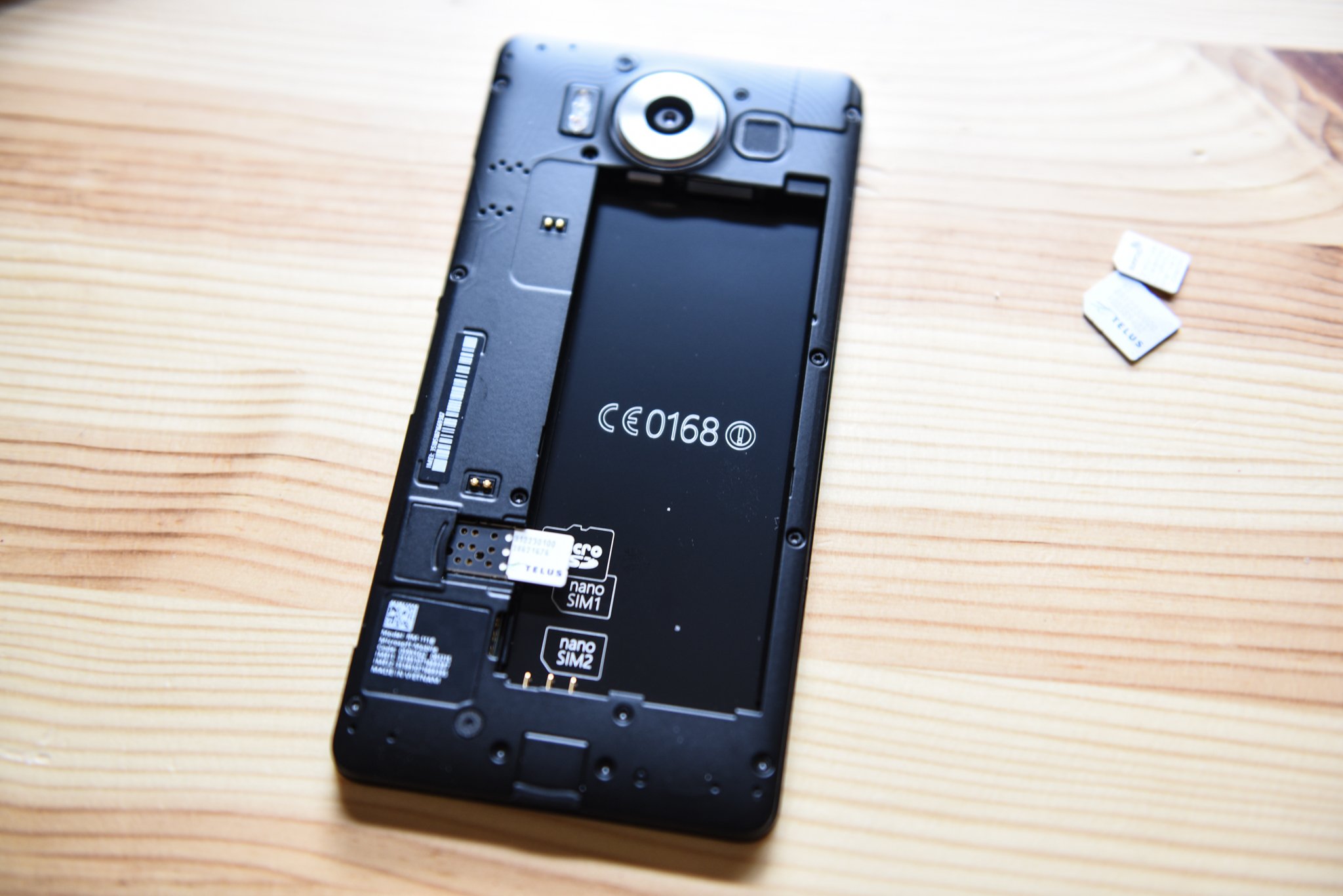
While the definition of LTE-Advanced is more than a little bit fluid, according to the 3GPP standards body, the specification focuses on higher capacity, mainly through carrier aggregation, multiple antenna devices (MIMO), and relay nodes.
Most Canadian carriers support LTE-Advanced in one way or another. Whereas the earliest LTE releases limited speeds to between 75Mbps and 100Mbps, LTE-Advanced utilizes a number of improvements in Release 10 and 11 of the LTE standard to reach speeds approaching 1Gbps.
Category 6 and Category 9 LTE
The baseline speeds for LTE-Advanced were achieved with between 15 and 20Mhz of deployed spectrum, compared to between 5 and 10Mhz for regular LTE.
Most network providers want to gain as much so-called contiguous spectrum as possible — that is, blocks of 5 or 10Mhz that are right next to one another, so they can form singular large blocks of up to 20Mhz at one time. The wider a channel, the faster that connection can perform; current smartphones, under the latest Category 6 LTE specification, can achieve speeds of up to 300Mbps with the right combination. But the most recent devices, like the Samsung Galaxy S7, can access Category 9 LTE, which is capable of speeds up to 450Mbps using tri-carrier aggregation (see below).
The problem with contiguous spectrum is that it is relatively uncommon, especially in Canada. While Rogers does own large swaths of contiguous AWS and 2500Mhz spectrum, Bell and Telus have been forced to use another method to achieve LTE-Advanced speeds.
Carrier Aggregation
Today, most carriers achieve incredibly high LTE speeds using carrier aggregation. Think of carrier aggregation as a bowl that is trying to fill with candy as quickly as possible. If you only have one pair of hands digging into the candy packet, it can only gain so quickly. But with three pairs of hands, each dipping into the packet at varying times and speeds, the bowl can be filled in no time.
At its core, carrier aggregation combines spectrum from various frequencies. In Canada, most carriers achieve high LTE speeds with dual-carrier aggregation, which combines two frequencies, normally one high and one low. A common combination is 700Mhz and AWS, used most often by Rogers.
But Bell and Telus have achieved triple carrier aggregation, which combines three channels. The most common combination that I've experienced is Band 2 (1900Mhz), Band 4 (AWS) and Band 17 (700Mhz). Combining 20Mhz, 10Mhz, and 15Mhz of the aforementioned bands gives us 45Mhz to work with, resulting in potential download speeds of 335Mbps.
VoLTE
At its core, VoLTE, or Voice over LTE, moves the voice call from slower, lower-bandwidth 3G networks to the same IP-based network used to transmit data. This results in much better voice quality with less compression; faster call connections, from seven seconds to under two; and the ability to retain an LTE connection while on a call, for faster browsing. The standard also supports video calls, though very few phones actually have that native ability.
Of all the Canadian networks, Rogers, Bell and Telus have rolled out Voice Over LTE to some extent, with an expanding footprint and device portfolio every few months. Because Rogers began its rollout first, it currently has the highest number of supported devices.
The future of LTE in Canada
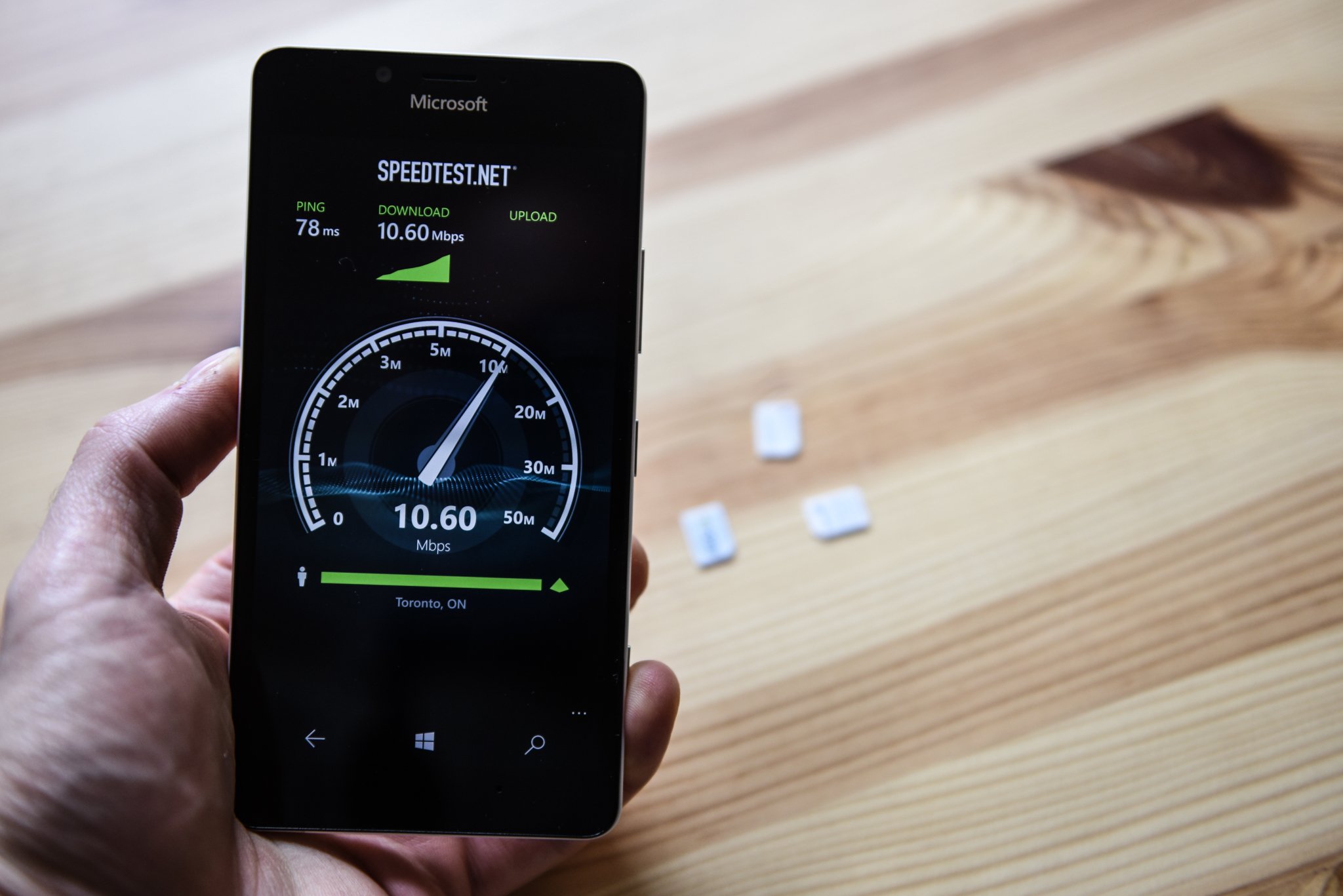
Canadian carriers have traditionally been early adopters of new wireless technology, such as LTE-Advanced and VoLTE. While Rogers, Telus and Bell claim that their LTE networks are approaching the 97-plus percent coverage of their existing 3G HSPA+ networks, there is one company many Canadians are hoping will bring down the cost of monthly cellphone ownership, that has yet to launch its LTE network.
Wind Mobile, which is now owned by Shaw Communications, plans to launch an LTE network in late 2016 or early 2017, pending the availability of devices supporting the burgeoning AWS-3 specification. Unified under Band 66, AWS-3 and AWS-1 will co-exist on future smartphones and tablets, but until those devices hit the market, Wind Mobile can't realistically make an impact.
At that time, Wind will begin refarming some of its AWS-1 spectrum, which at the moment exclusively broadcasts 3G signal, to LTE, allowing existing devices to connect.
In the interim, Rogers, Bell and Telus will continue trying to convince Canadians that higher prices are justified for the consistent quality, speed, and coverage they receive. Regional providers, such as Videotron, Eastlink, SaskTel and others, will focus on their limited coverage areas while working with national incumbents to mimic national networks through reciprocal roaming agreements.
Questions about LTE in Canada? Leave them in the comments and we'll get to them in a future column.

Daniel is a Former Windows Central Podcast host.
